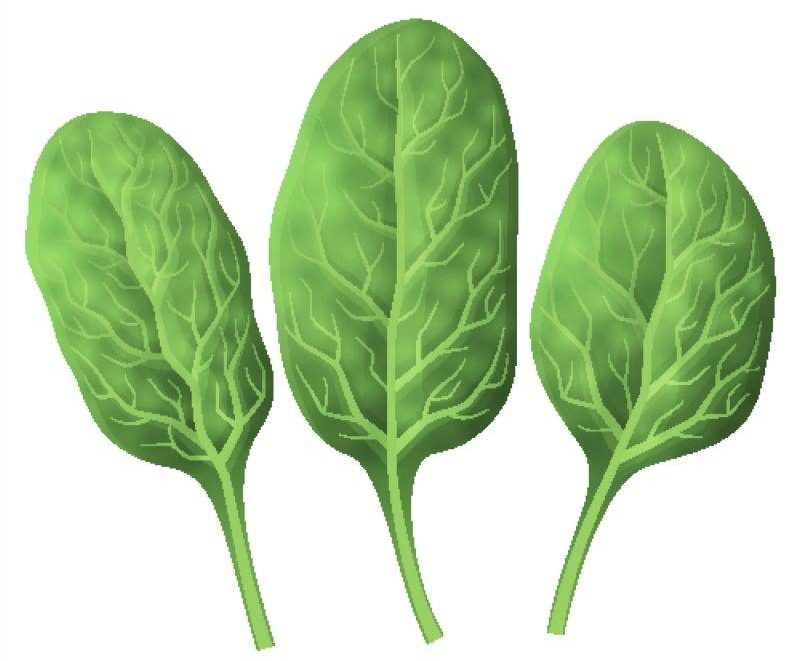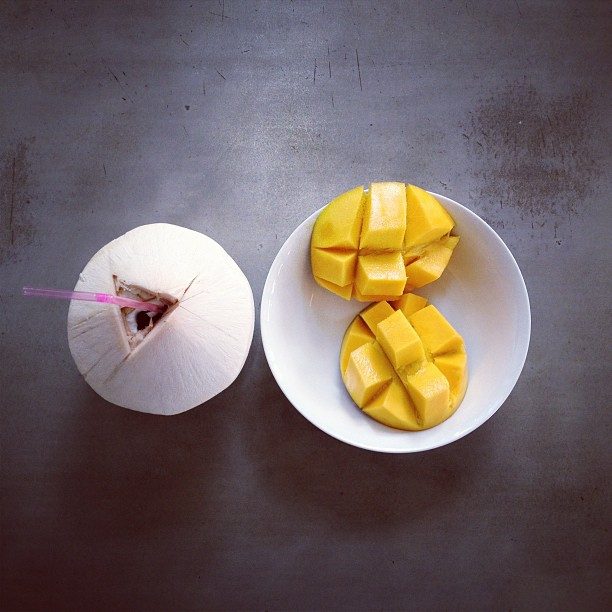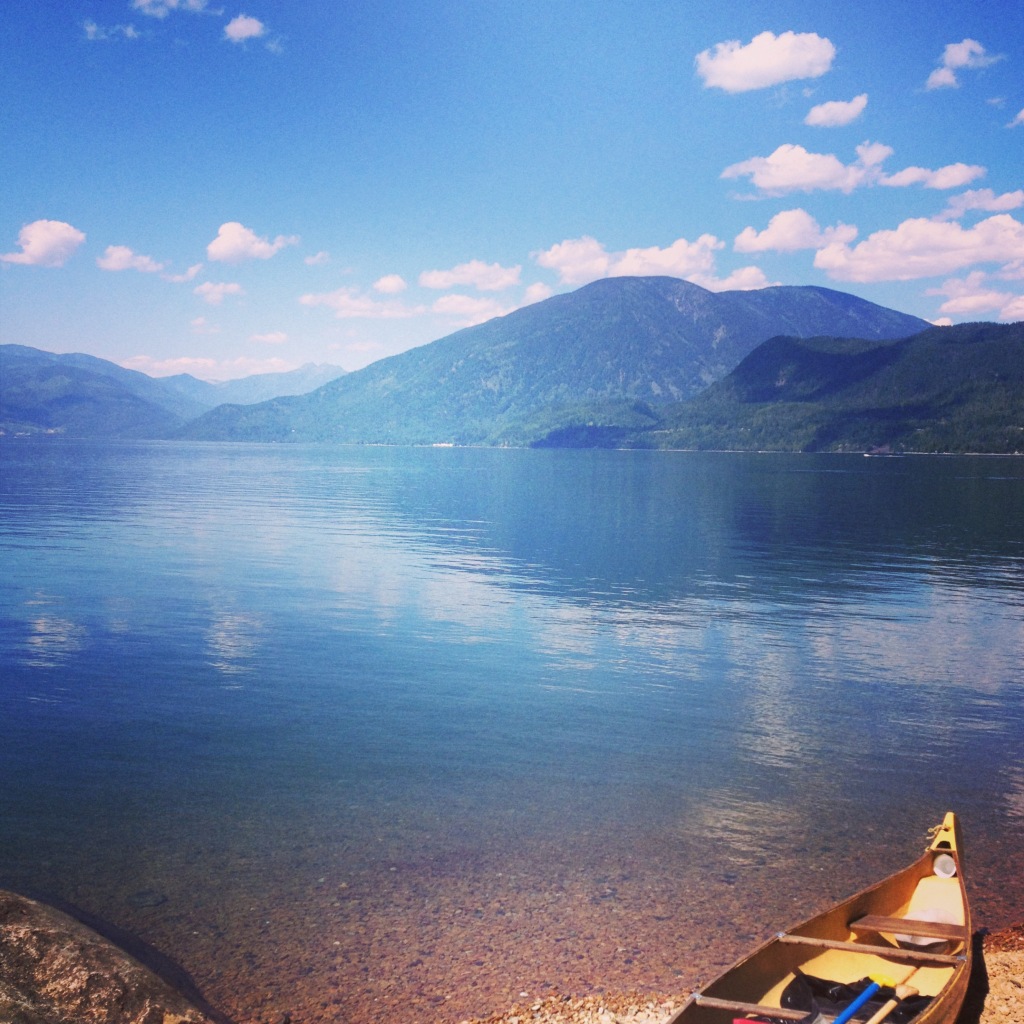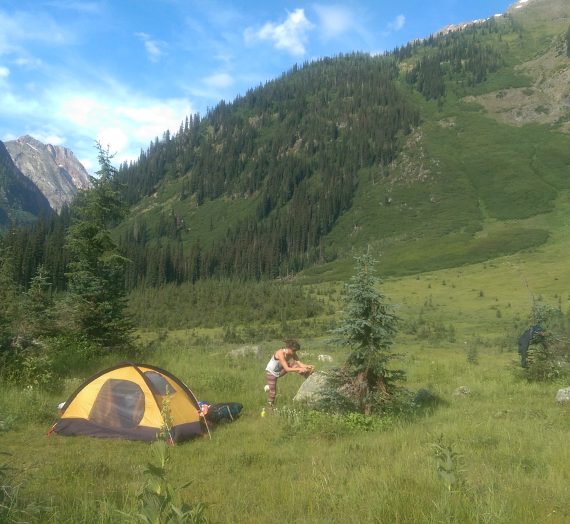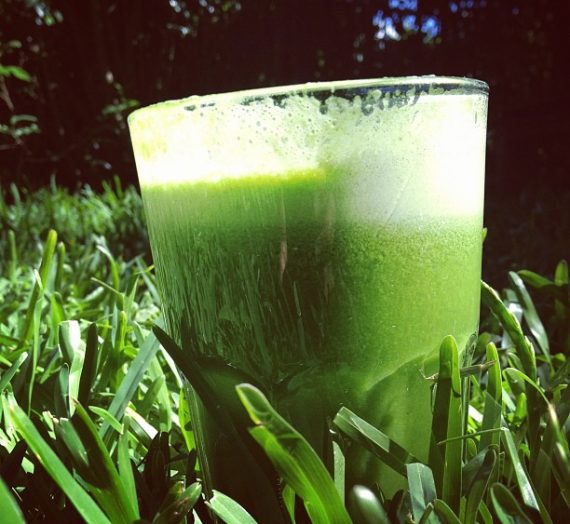Protect your skin from the inside out.
Our diet can be even more important than just slathering on the sunscreen. A large part of natural sun protection involves eating a diet high in whole foods; which are abundant in live enzymes and act as natural anti – inflammatories. Whole foods, high in healthy fats in particular; help protect our skin from burning and damage from excessive exposure UV rays. —Wellness Mama
EAT
- Virgin coconut oil is a medium – chain fatty acid and these saturated fats are easily utilized by the body. They assist in new skin formation and act as a external protective against sun burning
- Raw apple cider vinegar, as fermented foods are high in enzymes – which help increase nutrient absorption
- Omega 3’s like wild cold – water fish, hemp, flax + chia
- Lots of leafy greens for vitamin C
- Free-to-range eggs for vitamin D
AVOID
- Refined, white table sugar
- Gluten-containing grains – wheat, rye, spelt, kamut + barely
- Poor quality vegetable oils – canola, corn, safflower + soy
- Processed, highly refined + packaged food
- Fake sugar / aspartame
While the vitamin D we get from the sun is very beneficial, we don’t want to burn! One of the easiest way to avoid burning, is to increase sun exposure gradually. For most of us, 15 – 30 minutes is enough at first. Then, we may we can work our way up to several hours without a problem. Of course, it’s also wise to avoid burning by wearing protective, breathable clothing. This allows your skin to “breathe”, unlike using a lot of sunscreen. Cotton, linen and hemp materials offer good ventilation for your largest organ – the skin!
Try to stay out of the direct sun during peak hours from 12 – 5 pm. This is especially true in the early days of summer, when our skin is still adjusting to the UV rays. Find shady places to relax and protect yourself from the sun.
NATURAL SUN PROTECTERS:
Red Raspberry Seed Oil – Red raspberry seeds contain high levels of omega 3 + 6 essential fatty acids, in addition to antioxidants and natural vitamin E. According to, “Oils of Nature,” red raspberry seed oil has a natural SPF 20 and also contains significant anti-inflammatory properties.
Carrot Seed Oil –Carrot seed oil is an essential oil with significant antioxidant, antiseptic, anti-fungal properties, with high levels of vitamin A. When applied topically to the skin in the form of a diluted carrier oil, carrot seed oil also provides natural sun protection. SPF 10 – 20
Shea Butter – While not an oil, shea butter is derived from the fat of the shea nut. Shea butter melts at body temperature and absorbs rapidly into the skin without leaving a greasy feeling. It contains the antioxidants vitamins A + E, both of which enhances skin cell regeneration and promote blood circulation below the skin’s surface. Cinnamic acid in the oil provides vital protection against harmful UV rays. Its rich emollient quality makes it excellent for very dry skin. SPF 6 – 8
Coconut Oil – Coconut oil has an amazing ability to heal the skin and block the damaging effects of UV radiation from the sun. One of the reasons why it is so effective in protecting the skin is its antioxidant properties, which helps prevent burning and oxidative damage that promotes skin cancer. There have been several recent studies done on the use of coconut oil as a sunscreen but there are fluctuations in the SPF rating of coconut oil. SPF 4 – 8
Making your own products is a fun and cost effective way to go. Here’s a DIY recipe for an all natural sunscreen:
Homemade Sunscreen Bars
- 1 c virgin coconut oil
- 1 c cocoa butter
- .5 c beeswax
- 1 t vitamin E oil – to preserve
Method
- Combine all ingredients in a double boiler, or glass bowl over a smaller saucepan, with 1 inch water.
- Bring water to medium – high heat. Once melting, turn heat down to low – medium and stir ingredients constantly, until melted.
- Remove from heat. Carefully pour into moulds or whatever you will be allowing the bars to harden in. Allow bars to cool completely before attempting to pop them out of moulds. *You can also pour into glass jars with lids and simply scoop out the cream by hand to apply.
- Store at room temperature, in the fridge, or in the freezer for long-term storage. Just be sure to keep below 80 degrees or they will melt.
Always be careful when you’re out in the sun. A lot of natural oils need to be re – applied liberally + every hour. After swimming especially. I feel covering up is one of the best ways to protect yourself. Perfect example: My bf has been tree planting all week in 30° / full sun and has protected his skin completely by wearing a large brimmed straw hat and long sleeve shirt.
